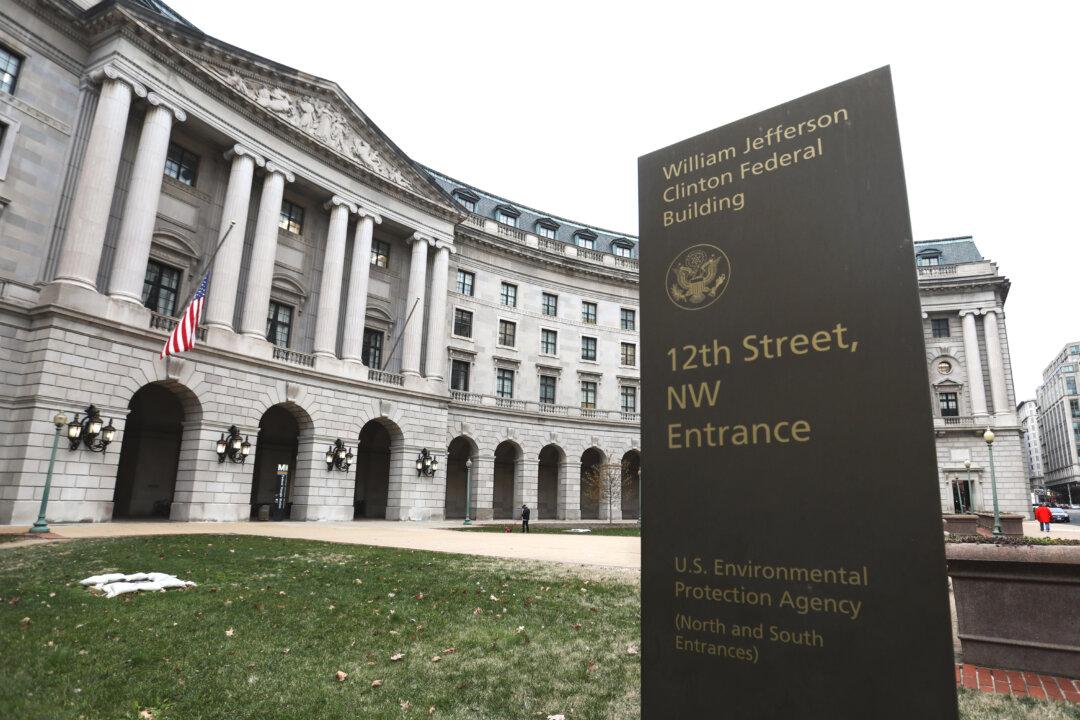Two Environmental Protection Agency (EPA) regulations that are currently being finalized will leverage the agency’s authority to regulate emissions in order to force the United States’ electricity network and automotive industry to shift production to wind and solar energy and electric vehicles (EV).
However, new EPA initiatives targeting the U.S. fossil fuel industry will face legal challenges that likely will find their way to the Supreme Court and might result in landmark decisions about separation of powers in the United States, and the extent to which federal agencies, instead of elected officials in Congress, can assume broad lawmaking authority.





